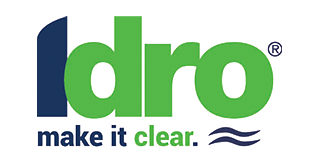What is primary water?
Primary water refers to raw water drawn directly from natural sources—such as rivers, lakes, aquifers, or the sea—before undergoing> any treatment. This water may contain naturally occurring impurities such as sediments, minerals, bacteria, and organic matter, as well as contaminants resulting from human activities, such as pesticides, heavy metals, and microplastics.
As you can imagine, this water cannot be used directly—whether for domestic, agricultural, or industrial purposes. To ensure safe use and compliance with quality standards, it must undergo purification to remove any harmful substances.






